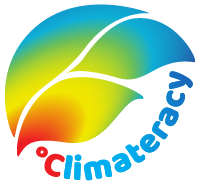0.6.3 What does it all mean for educational practice?
admin juuli 27, 2024
1. Be aware of students' basic psychological needs

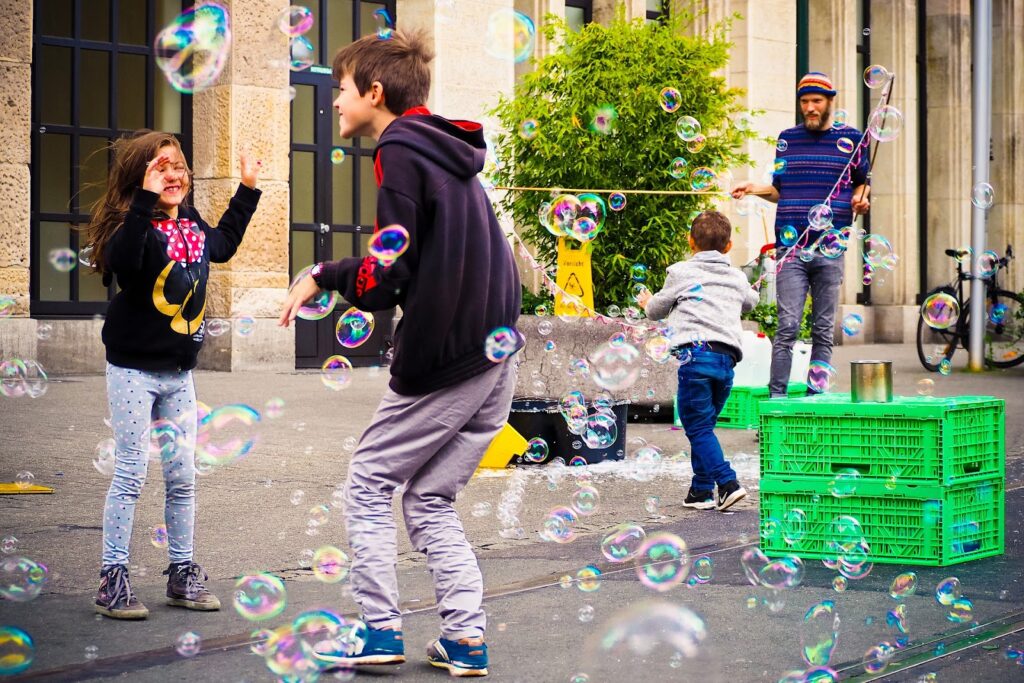
Image source: Pixabay & Canva (open source)
Õpilased reguleerivad end õppeprotsessi ise, kui nende põhilisi psühholoogilisi vajadusi - tunnet, et nad on seotud (gruppi kuulumine, mõttekus), omavad pädevust (võime midagi teha) ja autonoomiat (võimalus ise otsustada) - toetatakse ja toidetakse (Ryan & Deci, 2000). Kliimamuutuste puhul on teema tähenduslikkus eriti oluline - õpilased võivad küsida: "Kuidas see probleem minu elu puudutab? Kuidas on probleem seotud minu elu ja unistustega?" Oluline on ka õpilaste pädevustunne - "Mida ma saaksin selle probleemi suhtes ette võtta?". "Kas ma suudan teha õppeülesandeid, mida õpetaja küsib, või on need liiga rasked?" Ja viimaks on olulised sugulustunded - "Kuidas näevad kliimamuutuste teemat minu lähedased inimesed, kas neid huvitab, millega ma tegelen või muutun ma "imelikuks aktivistiks", kui ma sellega tegelen?". Kui neid kolme õpilaste põhivajadust eiratakse, siis vaevalt et õpilaste eneseregulatsioon ja heaolu tekivad. Õpilasi tuleks näha ntelligentsetete mõtlejatena, võtta nende vaatenurki tõsiselt ja arutada nende seisukohti kliimamuutuste kohta, samm-sammult.
Mis toetab autonoomset motivatsiooni ja mis mitte?
😊 Näiteks: võtta piisavalt aega, et kuulata ära õpilaste mõtted, ideed, arusaamad, hirmud ja mured kliimamuutuste teemal. Aktsepteerida nende negatiivseid tundeid ja nende arusaamade konstrueerimise tempot. Luues koos nendega aluse, miks kliimamuutuste teema uurimine oleks nende jaoks mõttekas, edastades neile samal ajal oma ekspertteadmisi ja aidates samm-sammult, ilma kiirustamata ja survet avaldamata õigeid mõisteid konstrueerida.
😕 Näiteks: võib alustada teema selgitamisega, et veenda neid selle olulisuses. Õpilastele - mis tahes vormis - surve avaldada, nt süütunde tekitada. Mitte aktsepteerida nende tundeid (nt ärevus, lootusetus, viha, hirm), mitte lubada neile kognitiivset autonoomiat (st et õpilased on need, kes mõtestavad teemasid oma tempos).
2. Students' minds should be active during learning, knowledge should be constructed and the learning should be interactive
There is no one methodology or strategy that is right for teaching and learning about climate and climate change on its own, therefore there are many types of instruction that can be used. Nevertheless, there is a broad consensus that teaching for sustainable development (incl. to tackle climate change) is most effective when it applies active, participative and experiential learning methods that engage the learner and make a real difference to their understanding, thinking and ability to act for sustainable development.
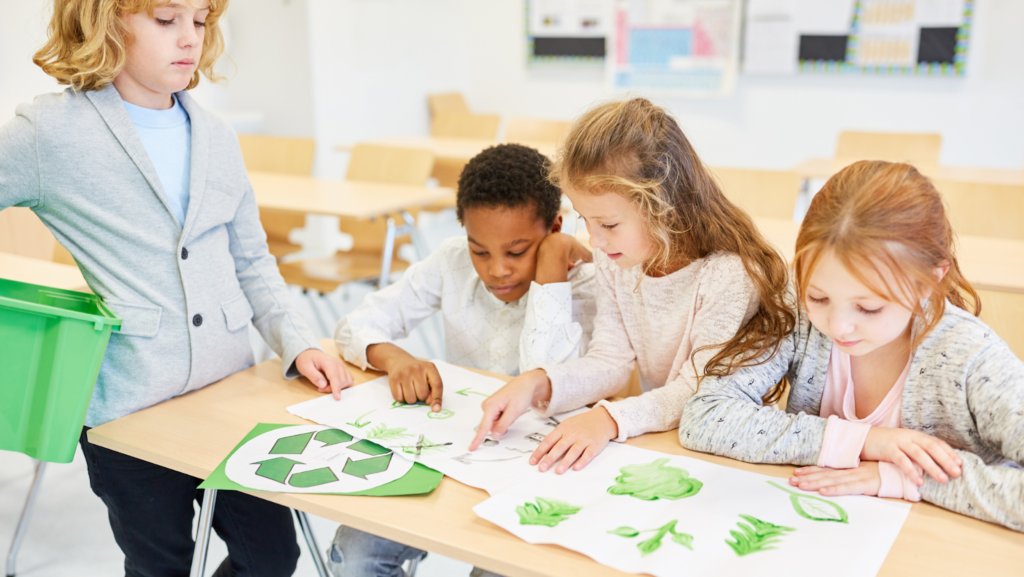
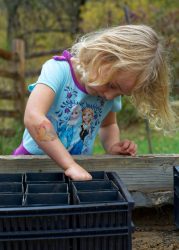
Pildi allikas: Canva, vt: Pixabay (avatud allikas)
In other words, learning only happens if students’ minds are activated, and they have the possibility to construct the new concepts themselves, make mistakes and put in effort (Chi & Wylie, 2014).
Experiential and constructivist pedagogical methods for learning are usually effective (O’Flaherty & Liddy, 2017). These include but are not limited to: place-based activities to address learners’ sustainability knowledge related to their local environment, demonstration and case studies, role play, project-based learning and similar methods (e.g. problem-based or inquiry learning), debates, etc.
Good to know!
To support active learning, digital tools have a role, too.
Exercise
- How can digital tools and resources support learning and teaching about climate change? What good digital resources can you recommend to your colleagues? Post your answer in the forum and comment on at least one other post. Mark ‘completed’ when you have done this task.
- Optional: Watch the webinar below to get ideas for how to use digital tools to support learning about climate change and taking action.
Säästva arengu hariduse (ESD) üks peamisi põhimõtteid on, et see peaks kaasama ja arendama "terviklikku inimest". See sisaldab praktilist mõõdet - millegi tegemist(käed), afektiivset mõõdet (süda) ja kognitiivset mõõdet (pea), ja seda kõike "tegeliku maailma" kontekstis (Mahmud, 2017). Käed-süda-mõistus kontseptsioon on seotud ka "multisensoorse" õppimise kontseptsiooniga, kus õpilased õpivad seoseid looma kasutades korraga rohkem kui ühte meelt (kuulmine, nägemine, füüsiline puudutus).
Experiential learning methods are also considered an effective way to help students develop transferable ‘21st century’ competencies, such as the ability to solve problems in novel contexts, develop leadership, social skills, critical thinking, collaboration and creativity among others (Barron & Darling-Hammond, 2008; Bell, 2010; Condliffe, 2017; Sobel, 2004). All these competencies play an important role in climate change education too.
What is activating students' minds and what is it not?
😊 For example, allowing the activation of previous knowledge and starting with students solving a problem would be activating.
😕 For example, starting with lecturing and presenting solutions or answers could be passivating.
Me õpime ainult siis, kui me töötleme teabe põhjalikult läbi ja konstrueerime sellest uusi teadmisi - see tähendab, et me ühendame oma töömälus uue teabe juba teadaoleva teabega. See juhtub ainult siis, kui
- meil on võimalus esitatud teabe üle järele mõelda, selle üle arutleda ja sellest midagi uut luua;
- kui me lahendame mittetriviaalseid (mõtestatud) probleeme;
- kui me saame pingutada;
- peame kasutama oma metakognitiivseid oskusi ning arutlema oma vigade üle.
In many cases, students might appear active in the lesson, but they are not really cognitively deeply involved. Activity could be superficial and students not really given an opportunity to (take the time to) problem-solve, construct or organize new information in students’ minds.The human mind learns best if it constructs and reconstructs material, and when people formulate principles and conclusions themselves (as opposed to getting “polished products” handed to them). In other words, allow your students to work with and add something to the presented knowledge by asking, elaborating, visualising, making prognoses, judgments, comparisons, conclusions and the like, enabling the students to use various thinking operations.
What is constructive learning and what is not?
😊 For example, if students are given a chance and encouraged to problem-solve before giving them a solution; ask, elaborate, prognose, judge, compare information bits; offer and visualise models, explain relationships, verbalize principles, seek new information etc based on the material they learn.
😕 Kui nad kasutavad/ kordavad/ kordavad õpitud materjali enam-vähem sõna-sõnalt või lihtsalt täidavad lünkteksti eelnevalt esitatud teadmistega.
Key takeaway: The rule of thumb is that the one who is the most active in their mind, learns the most. Make sure it is the students, not the teacher. The students should construct and organize new knowledge.
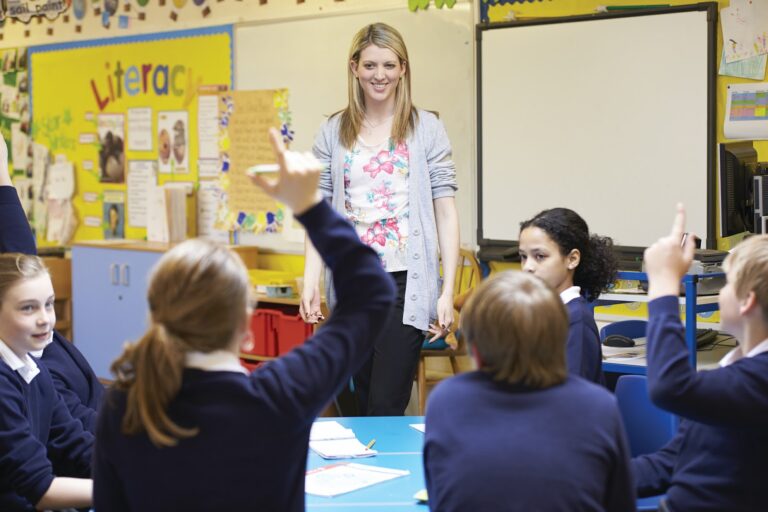
Pildi allikas: Canva (avatud allikas)
Good to know!
Failures can be extremely extremely useful for learning – if you eliminate failures, you eliminate learning. The reason why we actually learn from mistakes is the post-error analysis in our mind, not the mistake as such. Hence, the learning design that first asks to solve the problem and delays the direct instruction, allows many learning-enhancing conditions, and one of them is mistakes. Also, the student gets an idea that their knowledge is insufficient and the perceived need for correct knowledge is more likely.
Good to know!
Use smart strategies for long-term learning. Based on what we know about how our memory functions – Smart memory strategies – encoding, retrieval practice, distribution of practice, variability of practice
– why we do not use multiple-choice etc
Siiski ei pruugi ka aktiivsusest ja konstruktiivsusest piisata. Koostöös teiste inimestega (nt õpilased, õpetajad, eksperdid, kogukonna liikmed) tuleks õpilaste konstruktiivse mõtlemisega arvestada. Nende arusaamade arengut saab samm-sammult arutada ja korrigeerida. Interaktsioon on viljakas, kui õpilastel tekivad ideed, mis ei ilmneks, kui inimene õpiks üksi. Seega, kui õppeülesanne palub või võimaldab õpilastel olla intensiivses dialoogis ja jagada seda, mida nad on oma mõtetes konstrueerinud, siis ei tohiks seda aspekti kunagi kõrvale jätta.
Millal on õppimine interaktiivne ja millal mitte?
😊 For example, if students are given a chance and encouraged to do constructive activities jointly – if they both make substantial contributions to the topic, by, e.g., asking justifications to the others’ positions, explaining their viewpoints to the other, arguing and debating; clarifying, correcting, elaborating etc.
😕 Näiteks, kui nad lihtsalt peavad üksteisele kordamööda miniloenguid; või kui üks pool domineerib ja teeb suurema osa ajast ning teine vaid nõustub (nn individuaalne dialoog).
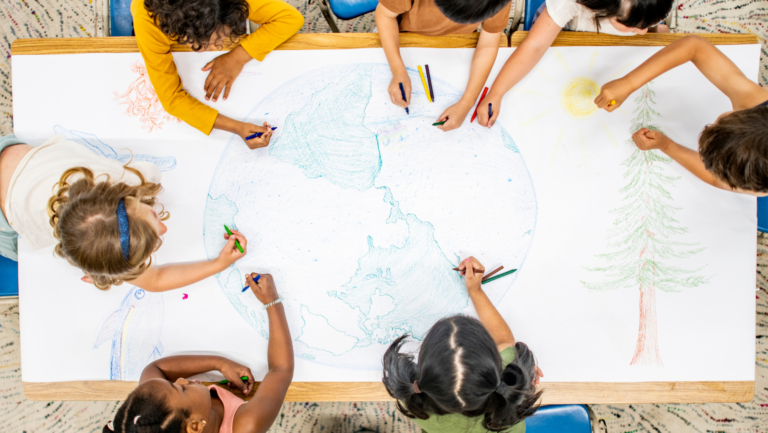
Pildi allikas: Canva (avatud allikas)
Tõhusad kliimamuutuste haridusprogrammid on asjakohased ja sisukad, kasutavad kaasahaaravaid õpetamisstrateegiaid, julgustavad kaalutlevat arutelu, et uurida ja lahendada erimeelsusi ja vastuolulisi küsimusi, kaasavad osalejaid teadusprotsessi, käsitlevad väärarusaamu ja/või sisaldavad kooli- või kogukonnaprojekte, mille abil osalejad saavad muutusi esile tuua.
Source: https://naaee.org/eepro/research/eeworks/climate-change (referring to Monroe et al, 2017)

